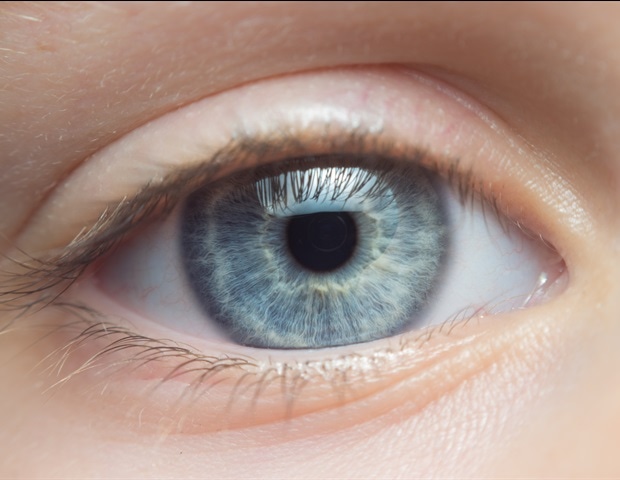
In an evolving health landscape, emerging research continues to highlight concerns that could impact everyday wellbeing. Here’s the key update you should know about:
A blink of an eye seems natural and instantaneous, but is it? Without a functioning eyelid, the eye can become dry, irritated and eventually lose the ability to see clearly.
Now, a team of UCLA biomechanical engineers and ophthalmologists has uncovered new details about the muscle that controls blinking, offering a pathway toward developing blink-assisting prostheses. Published in the Proceedings of the National Academy of Sciences, the study found that the orbicularis oculi – the muscle that controls eyelid movement – contracts in complex patterns that vary by action and move the eyelid in more than just a simple up-and-down motion.
The researchers studied how this muscle behaves differently across various actions including spontaneous blinks, protective rapid closures and squeezed shut-eye motions.
“The eyelid’s motion is both more complex and more precisely controlled by the nervous system than previously understood,” said study corresponding author Tyler Clites, an assistant professor of mechanical and aerospace engineering at the UCLA Samueli School of Engineering. “Different parts of the muscle activate in carefully timed sequences depending on what the eye is doing. This level of muscle control has never been recorded in the human eyelid. Now that we have this information in rich detail, we can move forward in designing neuroprostheses that help restore natural eyelid function.”
In experiments with volunteers, the researchers looked at five different ways the eyes close:
- Spontaneous blink: An automatic, unconscious blink that occurs regularly to keep the eye lubricated
- Voluntary blink: An intentional blink, as when someone is asked to blink on command
- Reflexive blink: A rapid, involuntary blink triggered to protect the eye from a collision
- Soft closure: A gentle, slow eyelid descent, similar to the beginning of sleep
- A forced closure: A deliberate squeezing of the eyelids tightly shut
To record activity in the orbicularis oculi with high precision, an ophthalmic surgeon inserted tiny wire electrodes into the eyelid. The researchers then used a motion-capture system to track eyelid movement in ultraslow motion. These tools allowed the team to measure subtle differences in eyelid movement, including speed, direction, and which part of the muscle initiated the action.
“People can lose the ability to blink due to a stroke, tumor, infection or injury. The condition is painful in the short term and can damage the eyes enough to cause vision loss,” said study co-author Dr. Daniel Rootman, an associate professor of ophthalmology at the David Geffen School of Medicine at UCLA and director of the UCLA Orbital Disease Center. “We know that a small electric pulse can stimulate the orbicularis oculi muscle to move, but designing one that works well has been elusive. What we now have is a good roadmap to such a device, including where exactly to place electrodes, how to time them, and how strong the pulse should be. These guidelines could help pave the way for the development and clinical testing of such a device, with the ultimate goal of providing real relief for patients.”
With this fundamental knowledge of eyelid biomechanics in hand, the researchers can now work on refining a prototype neuroprosthesis to assist people with blinking.
“Understanding how the eyelid works is crucial to designing an accurate stimulation pattern for a prosthesis, as well as for diagnostic purposes,” said study first author Jinyoung Kim, a UCLA mechanical engineering doctoral student and member of Clites’ research group, the Anatomical Engineering Group at UCLA. “We are more than excited to bridge this gap and move forward to work with patients who have facial paralysis and help improve their lives.”
Other authors, all from UCLA, include Ashley Shirriff, Jordan Cornwell and Maria Paula Quintero Mutis with Ophthalmic Plastic and Reconstructive Surgery; and Ereni Delis and Sophia Wang, both undergraduate researchers in Clites’ group. Clites also holds joint faculty appointments in the departments of Bioengineering at UCLA Samueli and Orthopaedic Surgery in the Geffen School of Medicine.
The research was funded by the National Institutes of Health’s National Eye Institute.
Source:
Journal reference:
Kim, J., et al. (2025). Human eyelid behavior is driven by segmental neural control of the orbicularis oculi. Proceedings of the National Academy of Sciences. doi.org/10.1073/pnas.2508058122.

